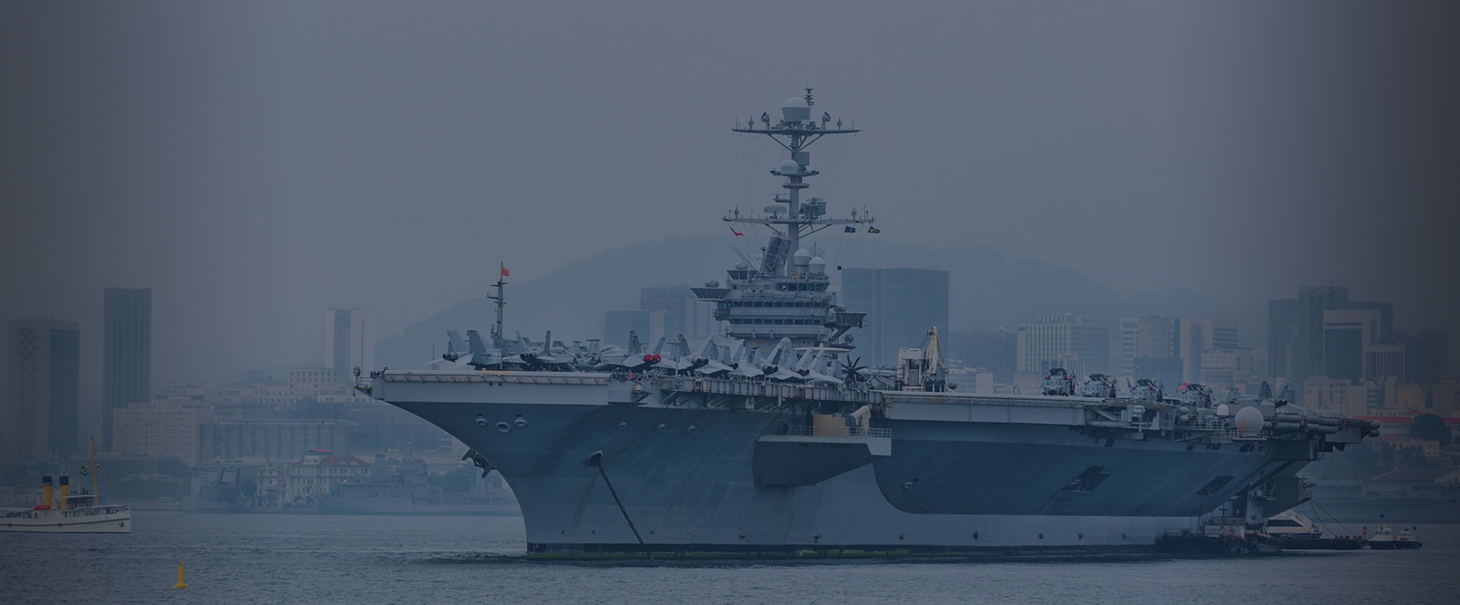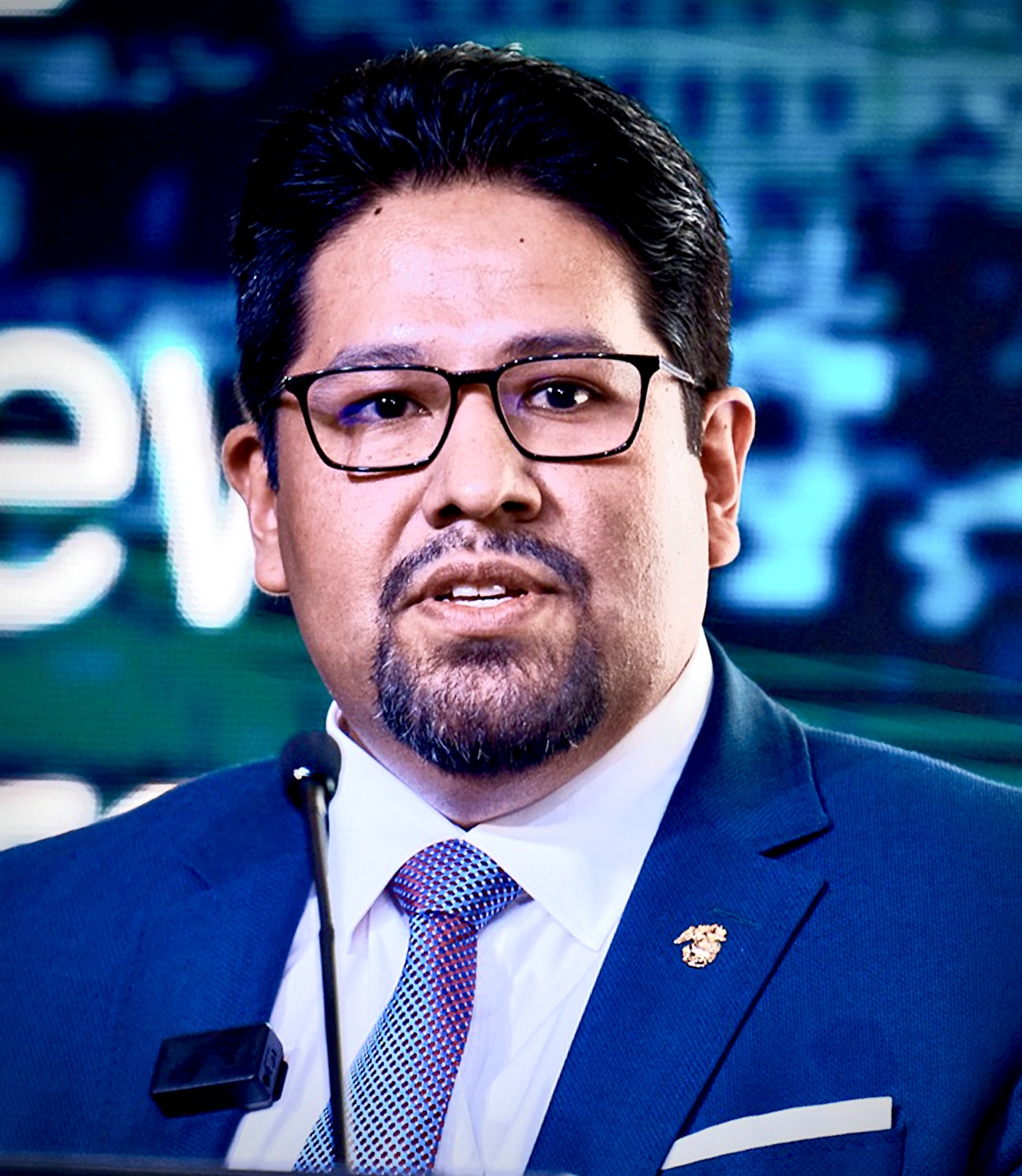Three U.S. diplomats, the Panamanian mission, and even CNN Español, have recently been expelled from Venezuela under the pretext of “foreign intervention” in the Bolivarian Republic. Straight from the playbook of the late Hugo Chávez, his heir apparent Venezuelan President Nicolás Maduro has repeatedly accused the United States of intervening in domestic affairs and recently sent his Foreign Minister, Elías Jaua, on a public tour to “denounce” the U.S. and accuse the Secretary of State, John Kerry, of “…encourage[ing] the protests in Venezuela” and went as far as to call him a “murderer.”
In reality, it is Maduro who has invited foreign intervention into Venezuela on behalf of the Bolivarian government circumventing its sovereignty to Cuba, and calling on Iran, Russia, and China to aid and assist its violent suppression and intimidation of the Venezuelan people.
Shortly after the student mobilizations began on February 12th, a surge of armed pro-government civilian militias took to the streets of Venezuela, terrorizing the public by beating protestors, torturing political prisoners, and shooting some of the students. These militias, including civilian snipers and motorcycle gangs, all part of the so-called “colectivos,” are earning a reputation as one of the most violent, repressive civilian militias since the Iranian Basij organized a similar crack down on protestors during the Green Revolution of 2009.
The similarity, however, is more than speculation.
In April of 2009, the current Iranian commander of the Basij paramilitary force, Brigadier General Mohammad Reza Naqdi accompanied then Iranian Defense Minister General Mostafa Mohammad-Najjar on a high-level visit to Caracas upon invitation by the late Venezuelan President Hugo Chávez and his then foreign minister Maduro.
According to sources within the Venezuelan military, General Naqdi’s role in these high level meetings was to serve as an advisor to Venezuela’s Ministries of Defense and Interior to aid in training their civilian militias, i.e. the infamous colectivos.
This advisory support is now playing out on the streets of several cities in Venezuela, as the colectivos have enhanced their capabilities to be able to serve as Maduro’s quick reaction force against protestors and opposition forces. Maduro’s Minister of Prisons, Iris Varela, shamefully bragged about the vigilante terror, when tweeting that the opposition is “scared” of the colectivos and called the armed thugs a “fundamental pillar in the defense of the homeland.”
Using civilian militias to shoot students and beat protestors is only one tool in Maduro’s repressive apparatus. Other tools have come at the hands of one of Venezuela’s top benefactors — China. According to Jane’s Defense Weekly, at least two Chinese-made military systems have recently been battle tested on the streets of Venezuela.
The first is the Norinco VN-4 armored personnel carrier that has been recently deployed by the Bolivarian National Guard to patrol Venezuelan neighborhoods and intimidate its residents. The VN-4 is a multi-role, light armored vehicle with a light machine gun mounted on top. Venezuela purchased 141 of these armored vehicles in 2012 for this type of contingency, and they are now rolling through the streets of Venezuela in the face of the protests. The other system is the Shaanxi Y-8C military transport aircraft, of which Venezuela purchased eight from China for $353 million back in 2011. These Y-8C aircraft were seen on the tarmac of several Venezuelan airports last month, made public through an array of photos posted on Twitter that claimed Cuban Special Forces were disembarking this Chinese-made aircraft.
While Venezuela’s Interior Minister denied the use of Cuban troops on Venezuelan soil, there is plenty of open source evidence to refute his claim. Some estimates approximate as many as 50,000 Cuban personnel in Venezuela, with a close hand on everything from immigration systems to training civilian militias, to providing personal protection to Nicolás Maduro. With protests spiraling out of Maduro’s control, Cuba placed several hundred of its paramilitary troops on two-hour flights from Havana to Caracas, embedding their infamous Avispas Negras (“Black Wasps”) in Venezuela’s national security apparatus. Several eyewitness accounts have spotted Cuban agents on the streets of Venezuela disguised in military and police uniforms.
Both Cuba and China have a large stake in maintaining the Venezuelan regime, and their incentives are simple — oil. Cuba imports approximately 115,000 barrels of oil a day (much at no cost) from Venezuela to avoid a complete economic calamity on the island. While China has invested billions of dollars into the Venezuelan economy in exchange for an agreed-upon 600,000 barrels of oil a day (at well below market value) over ten years.
While having the world’s largest oil deposits has attracted some, having one of the largest arms markets in the region brought Russia to the table. The Latin American arms market is estimated to reach about $50 billion in the next decade, with Russia hoping to capture a significant market share. Venezuela has provided the gateway for Russian ambitions in this market, buying 76 percent of the total Russian arms sales to the region.
The recent unrest in Venezuela can only strengthen this relationship.
While Nicolás Maduro was repressing student protestors, Russian Defense Minister Sergei Shoigu announced Moscow’s plans to install military bases in Venezuela, Nicaragua and Cuba, among five other non-Latin American countries.
A few days later, on February 26th, a Russian Vishnya-class intelligence ship, the Viktor Leonov CCB-175, was identified in the Havana harbor, just hours from Venezuela. This spy ship arrived unannounced, fully equipped with electronic eavesdropping equipment and weaponry. That same day, several Russian-made surface-to-air missiles were relocated from the Venezuelan military industrial hub of Maracay, to the capital of Caracas. These particular missiles, the S-125 Pechora 2M, were sold to Venezuela by Russia in 2009, and delivered to the Bolivarian Republic as recently as a couple weeks before the mass mobilizations began.
These low altitude surface-to-air missiles are the same kind of anti-aircraft weapons that Vladimir Putin sold to the regime of Bashar al-Assad, which limited the option of placing a “no-fly” zone over Syria as Assad unleashed chemical weapons on his people. The repositioning of the Pechora missiles to Caracas is an ominous indication that the repression in Venezuela will get much worse if the protests continue.
Nicolás Maduro is right in that Venezuelans should be wary of foreign intervention on their soil, but frankly the United States is the least likely candidate to take such action. Whether it’s the oil interests of Cuba and China, or the potential loss of a launch pad for Russia and Iran, Venezuelans need to worry much more about Maduro’s allies who, if things get worse, may send aircraft carriers to the Caribbean coast of Venezuela—or perhaps they already have?
While Maduro’s claims of foreign intervention stand in sharp contrast to U.S. inattention to events in the Americas for well over a decade, the growing intervention of Cuba, China, Russia and Iran has long posed a clear and present danger to the countries of the region, and by all evidence is now being used to repress the Venezuelan people themselves.
Read the original article at Latino.FoxNews.com.


 Joseph M. Humire
Joseph M. Humire